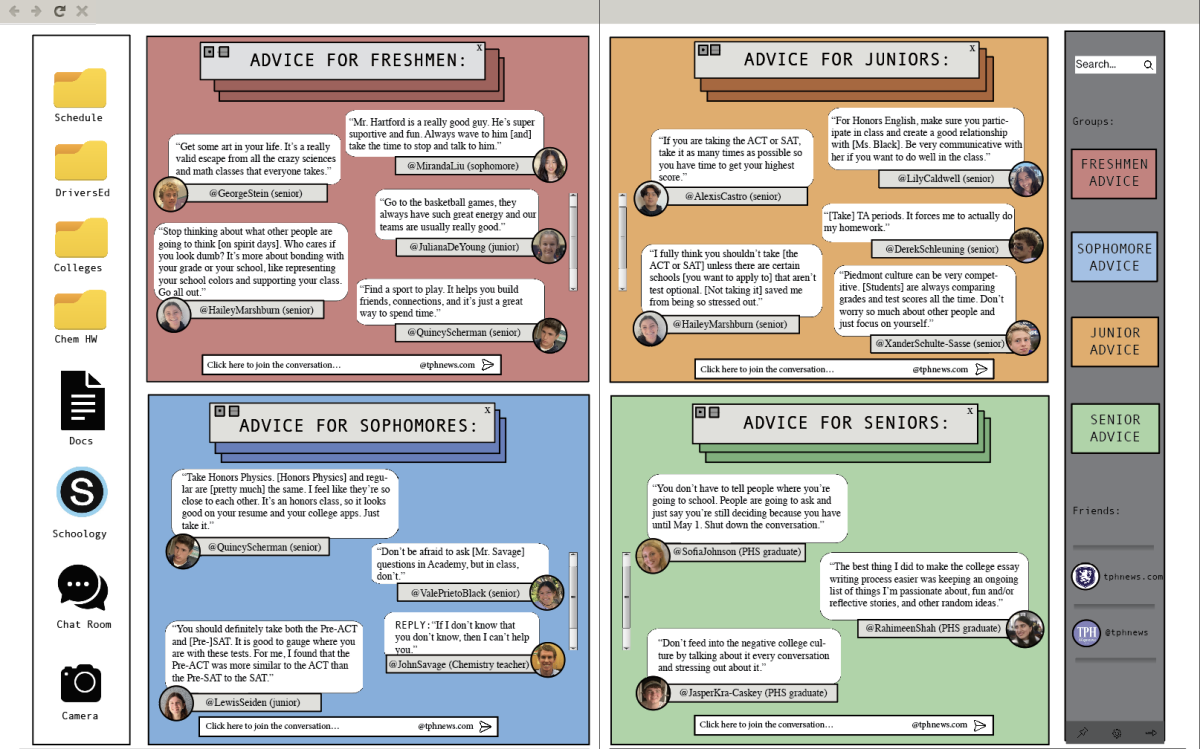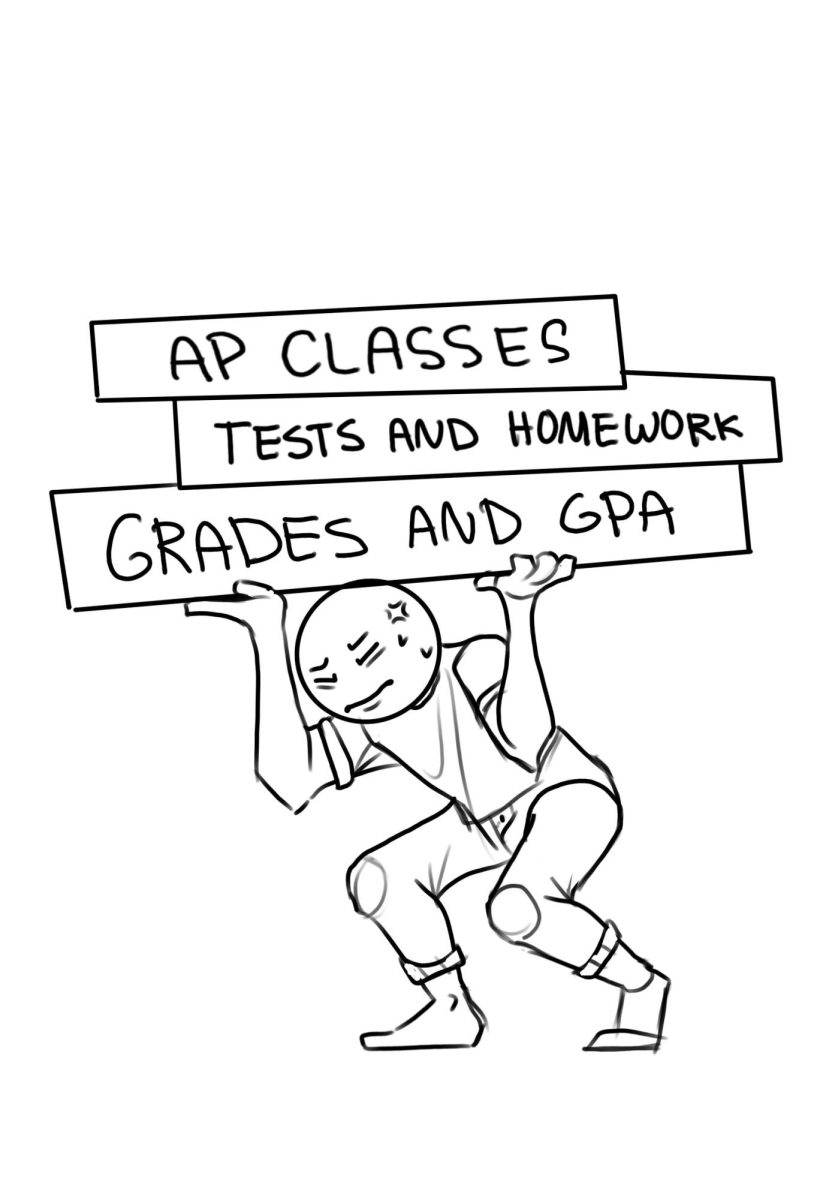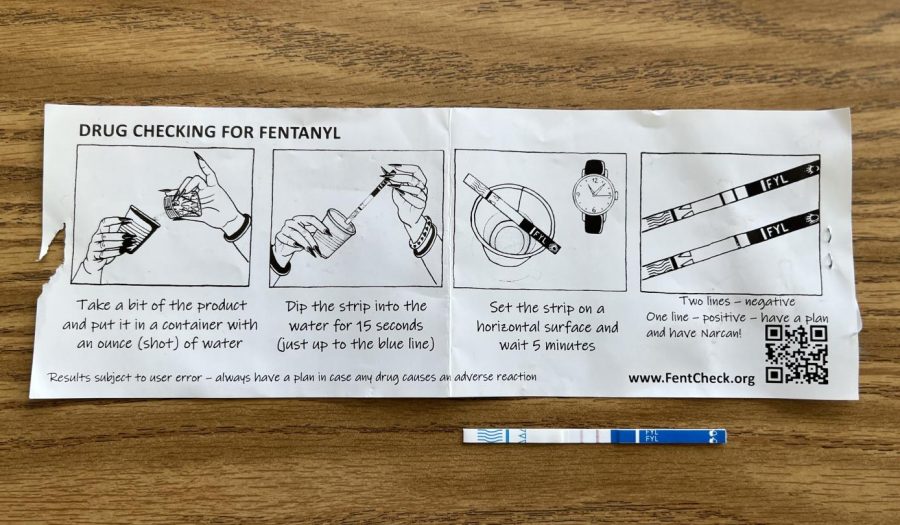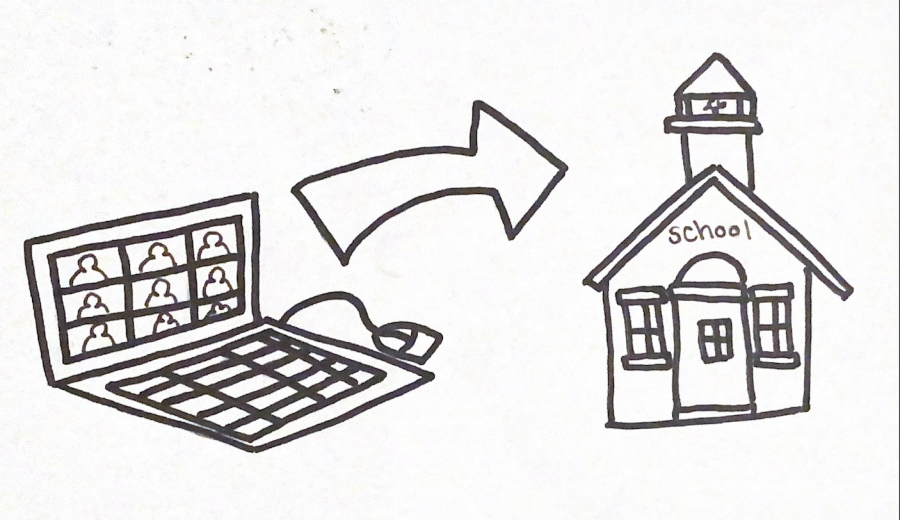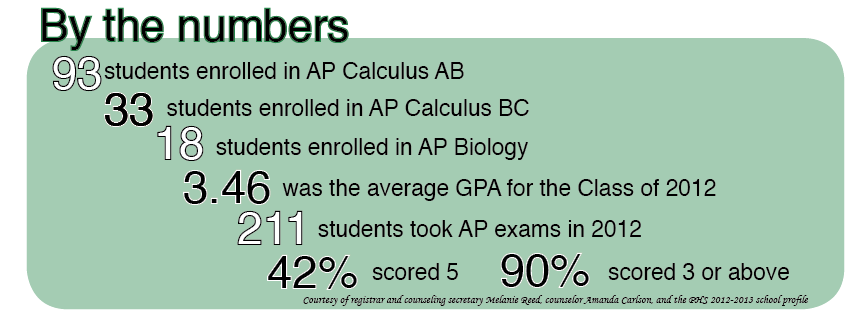A, B, C, D, or F, homework, and tests. That’s what school is about. But PHS teachers have implemented unique grading styles that have gone against the typical high school style.
Economics teacher Gabrielle Kashani uses a path system, where students decide whether they want to do the work for A path, B path, or C path. The major difference between each path is a requirement of three papers to get an A, two for a B, and one paper for a C.
Kashani said her goal with the system was to give students the option to pick a path that would fit for them.
“Kids can commit to the class in a way that maybe better fits with their other responsibilities and burdens of the semester,” Kashani said.
The grading policy gives students on A path a grade boost, meaning that the threshold to receive an A is 87%.
“This allows students, particularly B students, to kick it up a notch,” Kashani said. “They can potentially get an A when normally they wouldn’t have. It provides a bit of flexibility for students.”
Senior Maddy Blemker said that she thinks the grading style sets a clear finish line for students and everything they must do to achieve that path.
Kashani said that she does not believe it is a perfect system, but wanted to put something into place that is challenging for those who desire to be challenged but more relaxed for those who do not.
Kashani said that sometimes it is difficult for students to understand the system, but students normally appreciate the flexibility that her class entails.
Senior Matt White said that he found the system confusing, because assignments are optional and assignment due dates were not always clear.
“I tried to just treat it like a normal grading system and do all assignments when they were first assigned, as opposed to putting them off,” White said.
If a student scores below a 70% regardless of the grade path, they get a D or an F.
Similarly, math teacher Edmund Mahoney developed a system where a student’s grade is made up entirely of tests, with up to a 10% bump from bonus points.
Students in Mahoney’s classes start with a certain number of bonus points and can lose them for reasons such as tardies, unexcused absesnces, or not turning in assignments.
“A student with an 75% test average and all of their bonus points could get an A minus,” Mahoney said. “But if they lost some bonus points might get a B. Even losing all of their bonus points they would still get a B minus.”
Mahoney developed the system around the early 1980’s, before teachers could incorporate attendance and tardies into a student’s grades.
“I wanted something to discourage tardies and cuts more than a poor citizenship grade,” Mahoney said.
Mahoney said that a grade should primarily reflect knowing the material or not, independent of the effort put in. However, his system encourages effort since the majority of students find the bonus points to be valuable and realize that without the effort their test average would suffer.
Senior Brian Hosler said he favors Mahoney’s grading style.
“I love this grading style because it puts a stress on the learning, instead of the grade grubbing,” Hosler said.















